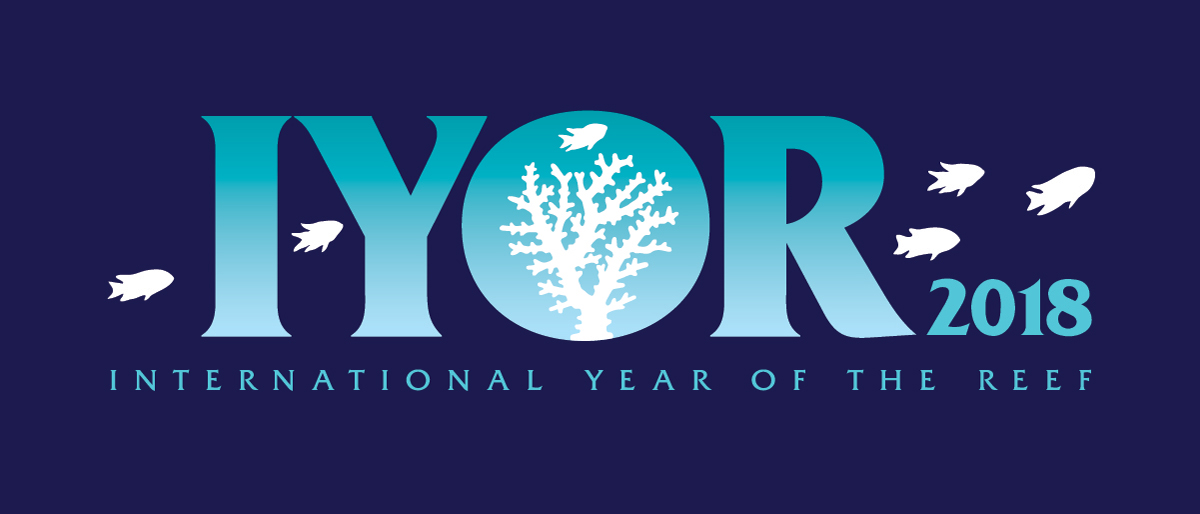Inbox and Environment News: Issue 344
January 21 - 27, 2018: Issue 344
Wyong Coal Mine Granted Approval: Water Not Coal Becomes Coal NOT Water
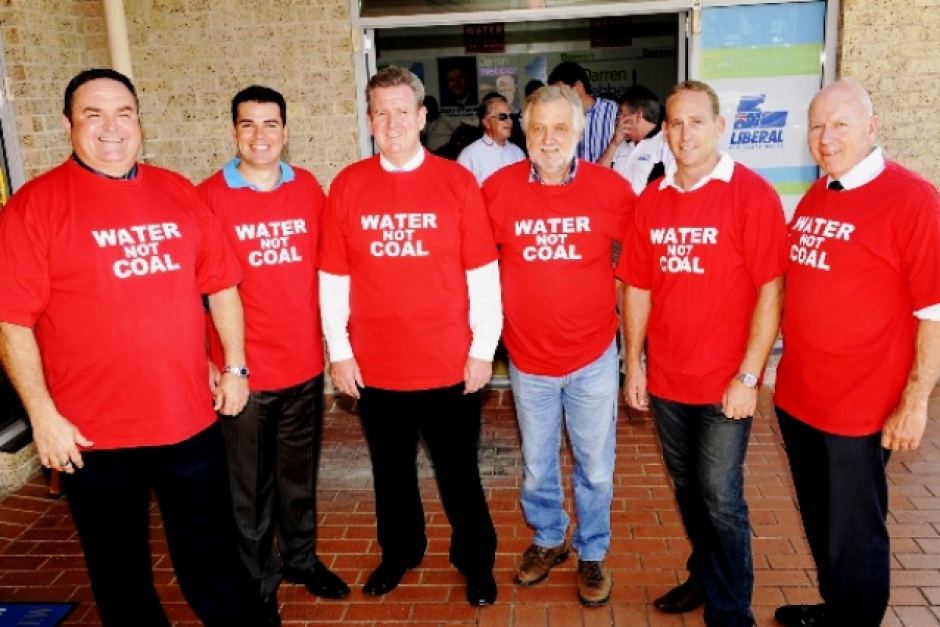
State Environmental Planning Controls(Draft Environment SEPP):Urban Bushland
- The majority of the provisions of SEPP 19 will be transferred to SEPP (Environment). These provisions will be updated and some will be transferred to a Ministerial Direction.
- Update council names to reflect recent council amalgamations and boundary changes.
- Extend its land application to cover local government areas that are currently partly outside the application of SEPP 19 including parts of Hawkesbury and Central Coast local government areas.
- Transfer plan making provisions in SEPP 19 to a Ministerial Direction.
- A new circular on Urban Bushland is being finalised for consultation. It has been developed to provide further information and detail regarding the application of SEPP 19. This circular will replace planning Circulars No. B13 and No. 114.
Draft Environment SEPP
Gas Acceleration Program Open For Applications
Bioregional Assessment Of Isa Basin For Gas Extraction
Study Finds Increased Hospitalisations In Darling Downs Raising Red Flag Over Health Impacts Of Coal Seam Gas
50 New Environmental Protection And Restoration Research Projects
- studying the effects of shipping noise on the behaviour of marine mammals;
- examining the traits of coral that have survived recent bleaching events;
- identifying the most successful coral restoration and recovery techniques;
- assessing the Gulf of Carpentaria mangrove dieback;
- coordinating recovery planning for threatened eucalypt woodlands;
- understanding and combating myrtle rust;
- estimating the population abundance of southern right whales;
- creating safe havens for threatened Australian frogs;
- evaluating the extent of cat predation on the brush-tailed rabbit rat;
- trialling habitat restoration strategies for threatened reptiles; and
- saving endangered bettongs with changed fire regimes.
Regional Forest Agreements (RFA)
Drinking Stations For Thirsty Koalas
Statement About The Crown-Of-Thorns Starfish Control Program
- A single-shot bile salts injection technique that tripled the efficiency of culling has been adopted into the control program, replacing a multi-shot method that required each starfish to be injected 10 to 25 times.
- Coral and starfish density thresholds now used to inform vessel schedules and cull efforts. These important thresholds provide the target levels of culling necessary to ensure coral growth outpaces starfish feeding.
- After rigorous environmental impact testing, the Marine Park Authority also approved the use of household vinegar as an injection solution for use in the starfish control, providing a readily accessible injection method for permitted tourism operators to use to protect their dive sites.
- To monitor the effectiveness of the control program, the Marine Park Authority is surveying starfish numbers and coral cover where no culling is being done to compare this data to sites where there is culling. The monitoring is being conducted annually for three years by Marine Park rangers from the Field Management Program.
- Reports are provided by control program contractors every six months which summarise the total number of starfish culled each dive minute, the hard coral cover at the reefs where the work was carried out, and any changes over time. Monitoring on 21 priority reefs offshore Cairns and Port Douglas in 2016–17 showed the outbreak was successfully reduced to ecologically sustainable levels, with live coral cover maintained at 20 per cent despite the impacts of bleaching.
Green Team Beach Cleans 2018!
Hosted by The Green TeamThe Green Team is back for 2018! It has been estimated that we will have more plastic than fish in the ocean by 2050...These beach cleans are aimed at reducing the vast amounts of plastic from entering our oceans before they harm marine life.
Anyone and everyone is welcome! If you would like to come along, please bring a bucket, gloves and hat. Kids of all ages are also welcome!
We will meet in front of the surf club. Hope to see you there!
The Green Team is a Youth-run, volunteer-based environment initiative from Avalon, Sydney. Keeping our area green and clean.
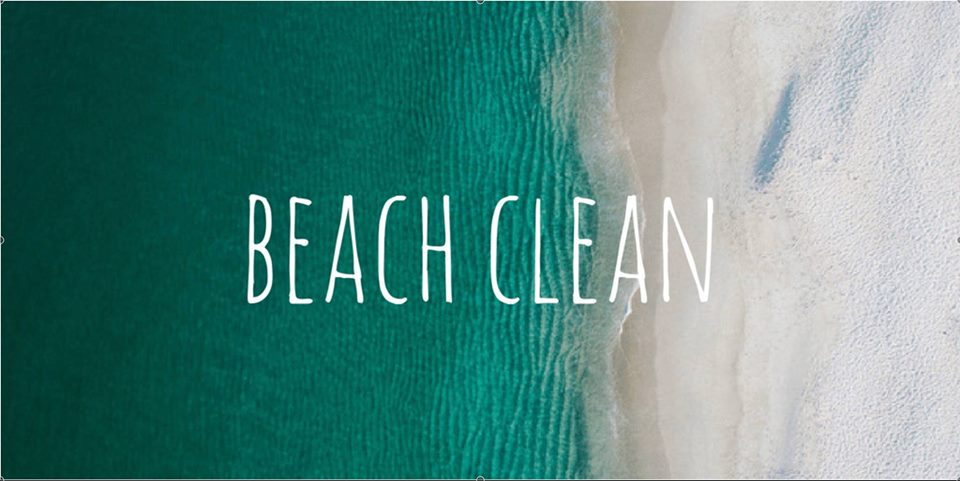
Australia’s Strategy For Nature 2018–2030: Australia’s Biodiversity Conservation Strategy And Action Inventory
Update On Baleen 2D HR Seismic Survey
EPA Fines Unlawful Waste Facility On The Central Coast
Cicada Rain In Pittwater: Summer 2018
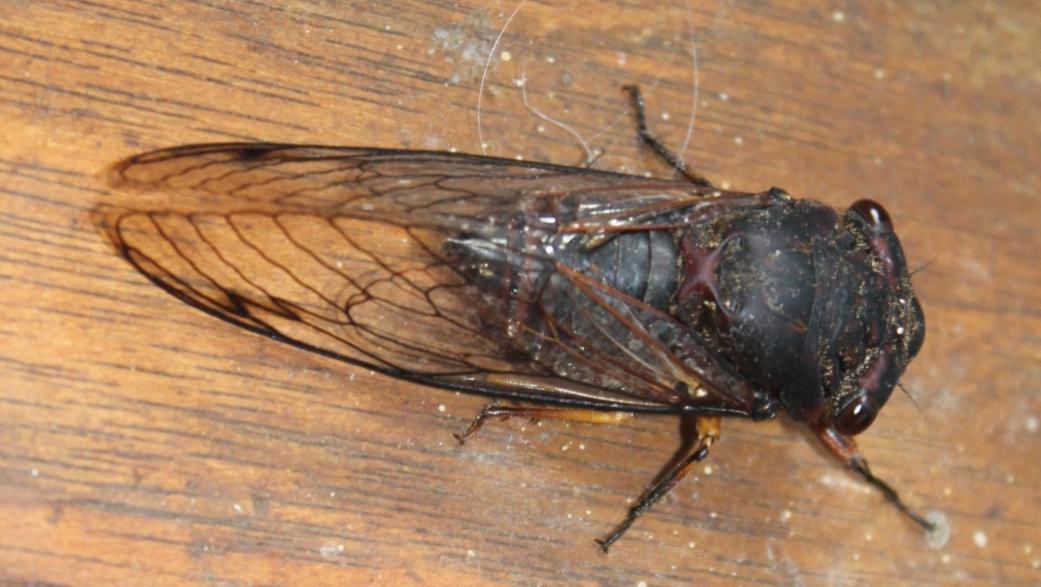
Angophora Costata: Trees In Your Streets - Pittwater
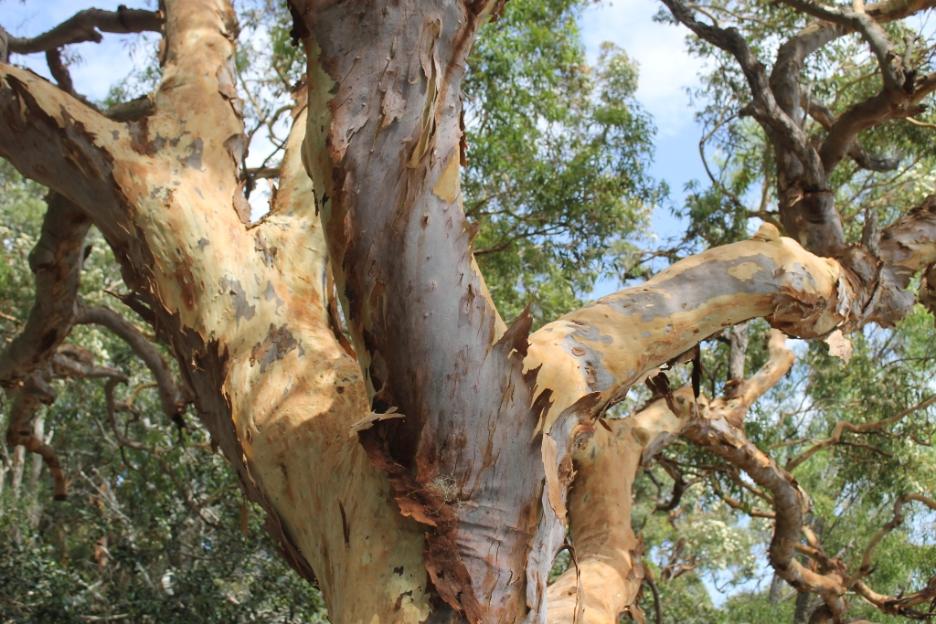
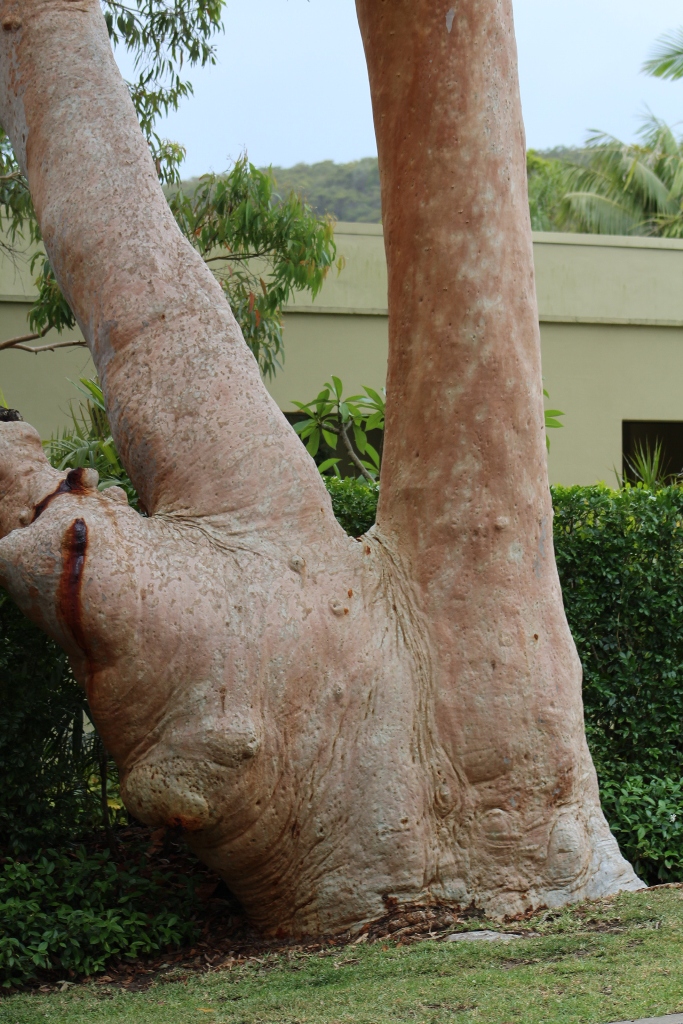
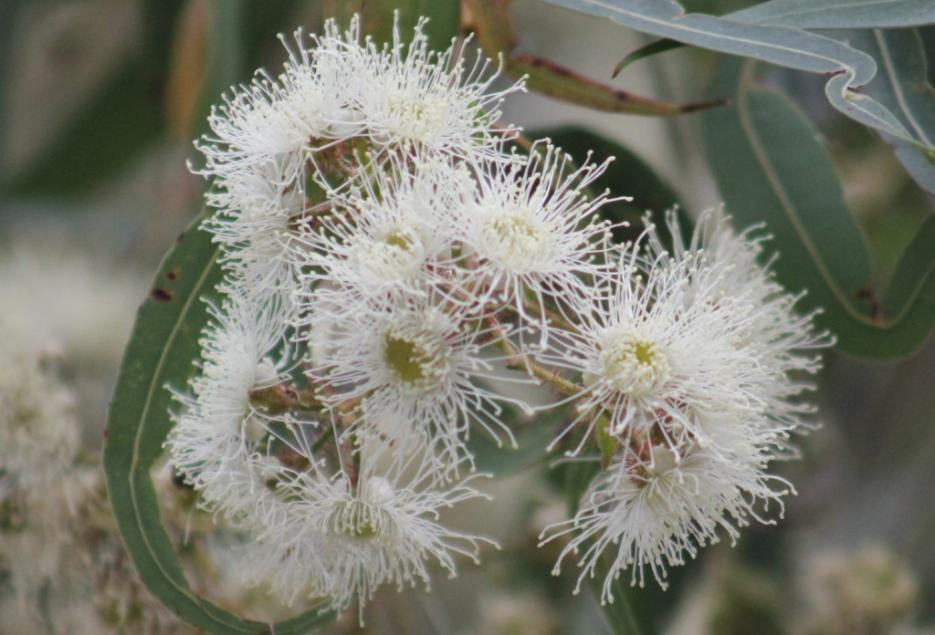
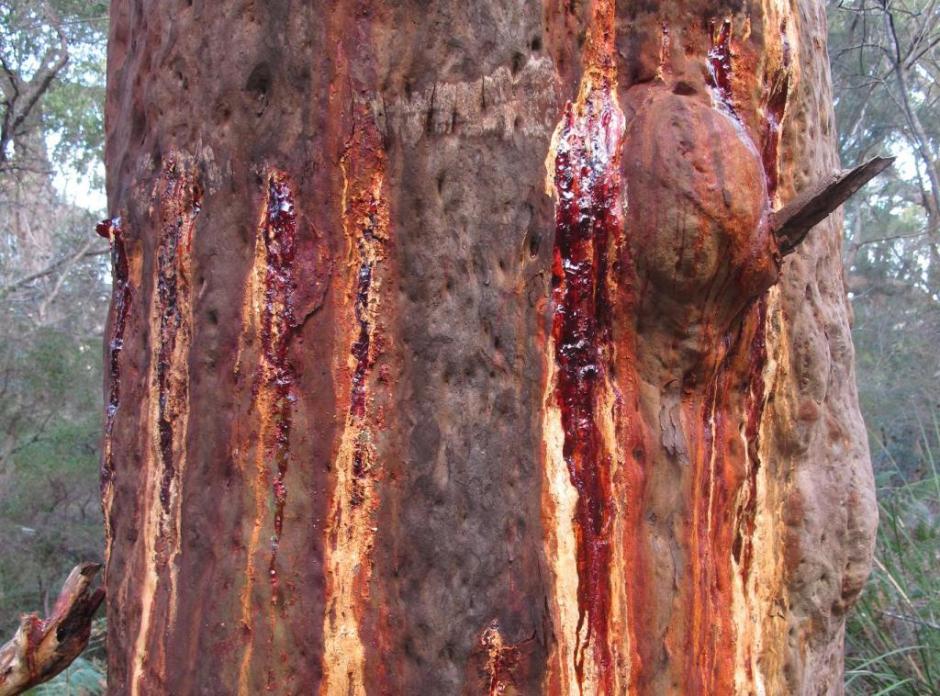
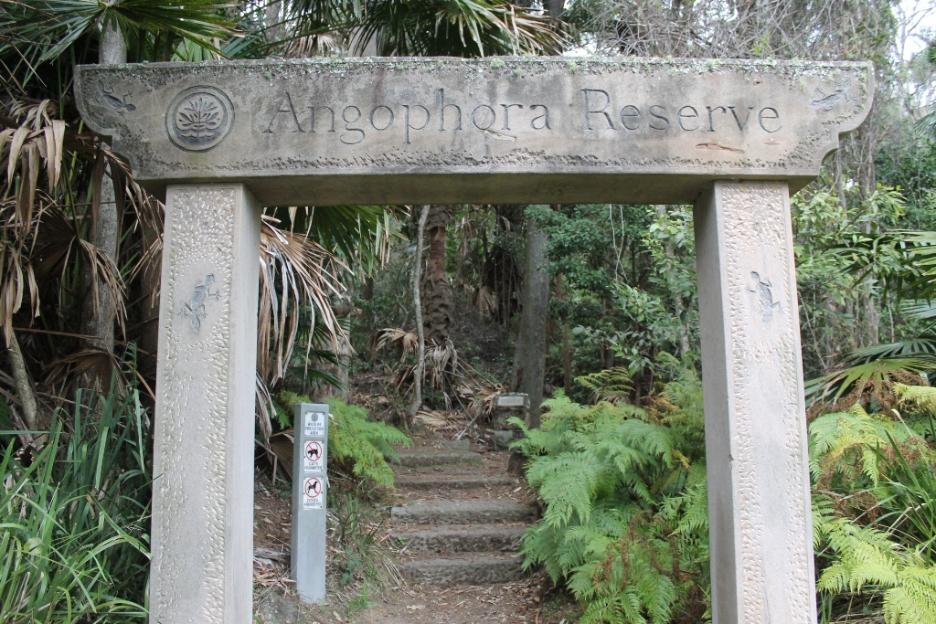
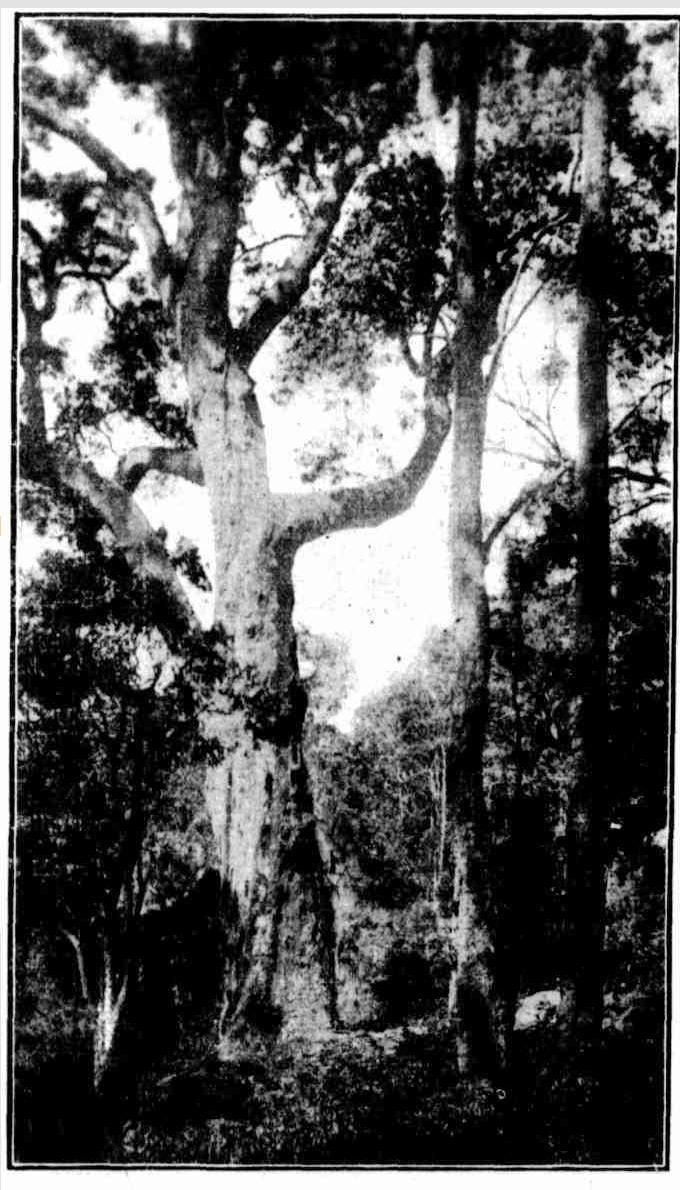
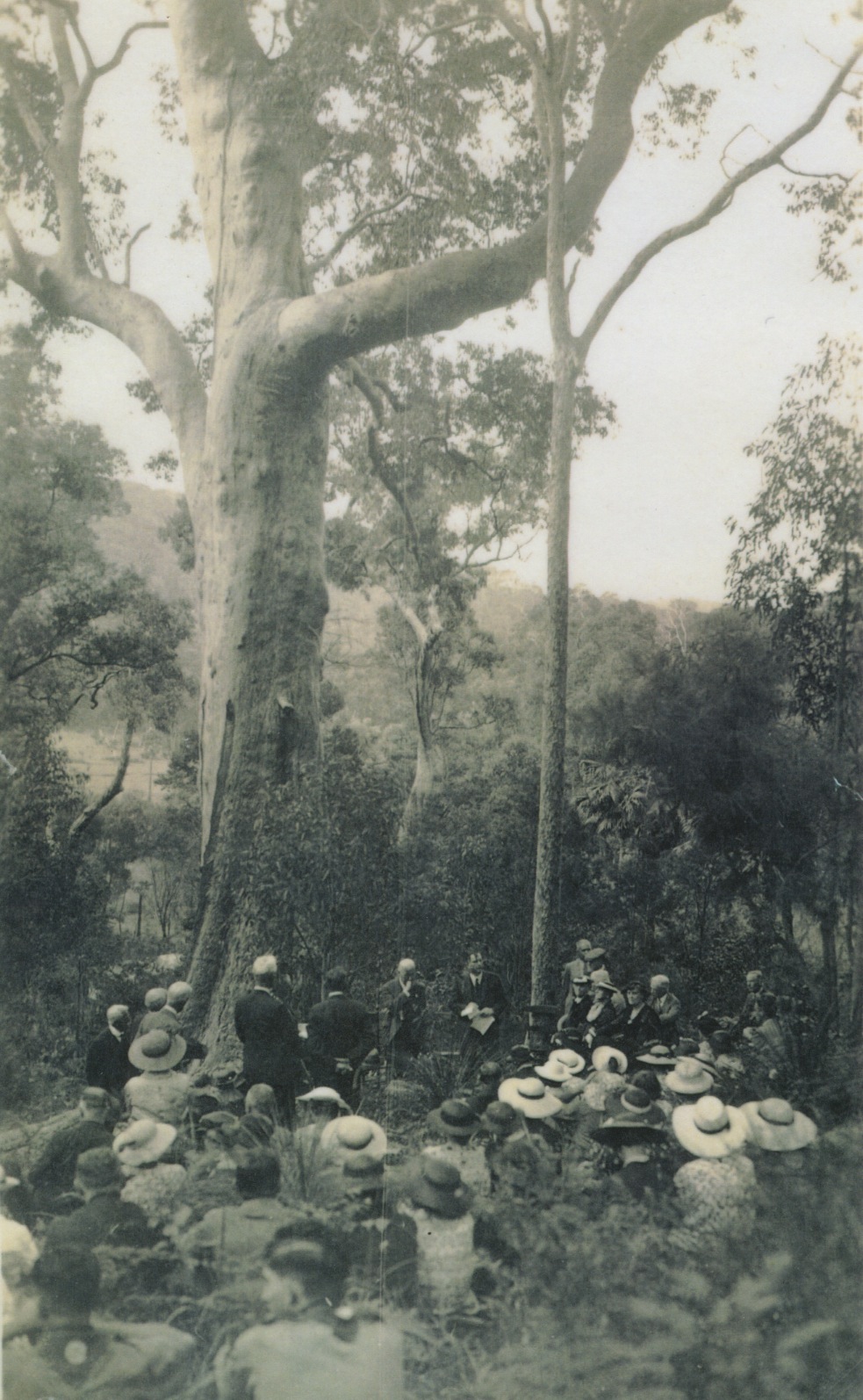
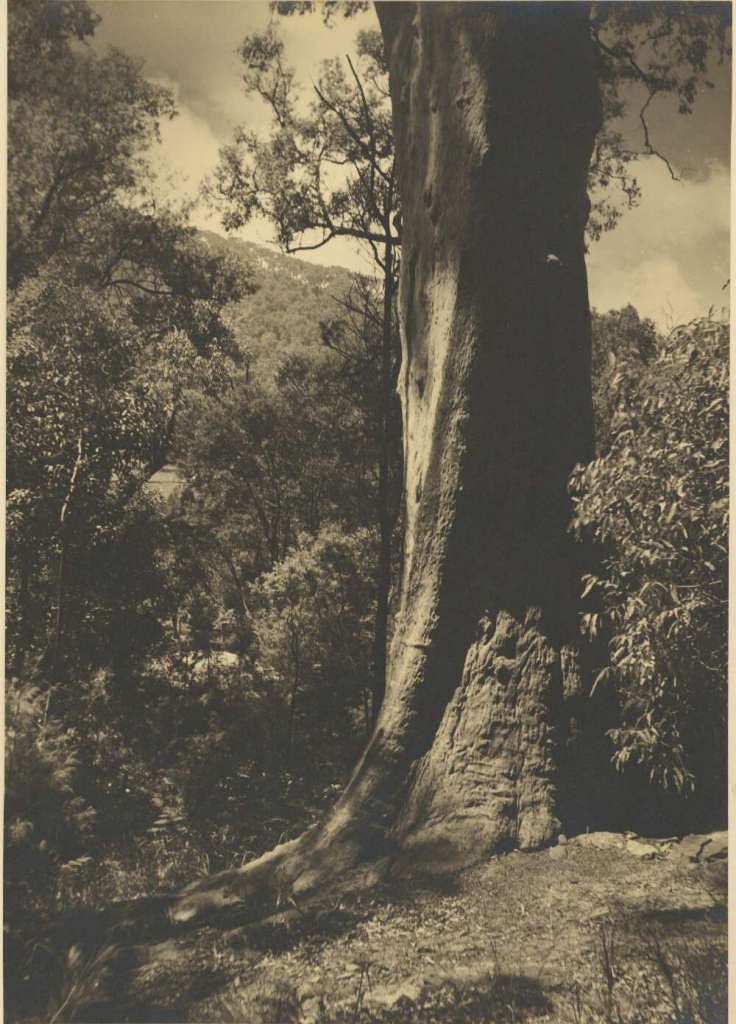
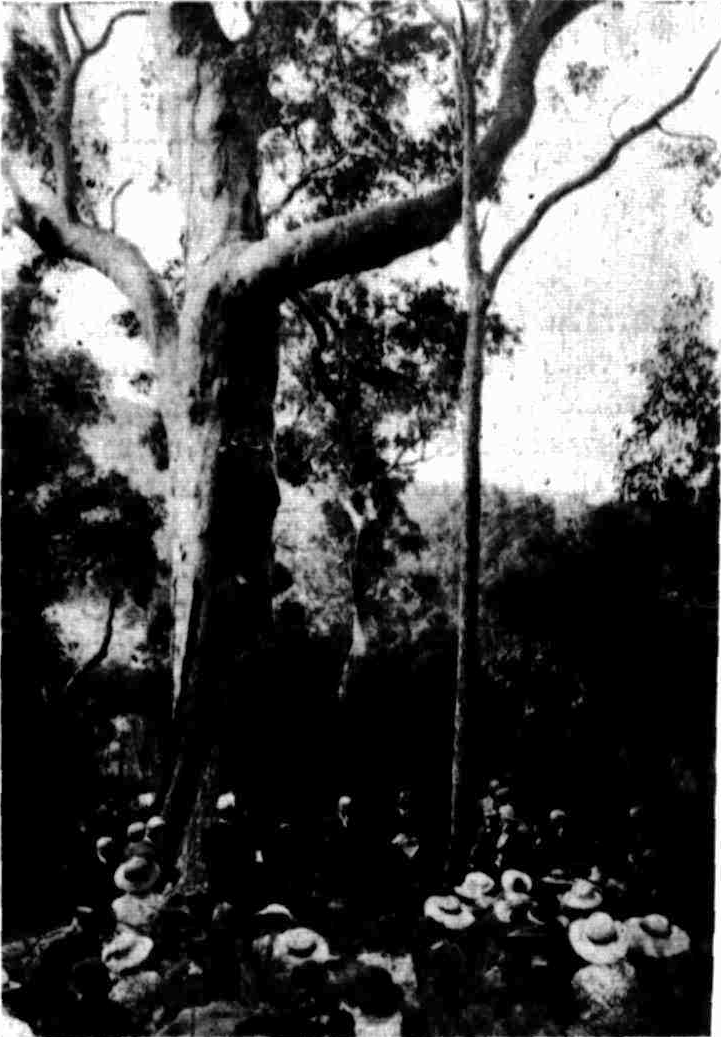
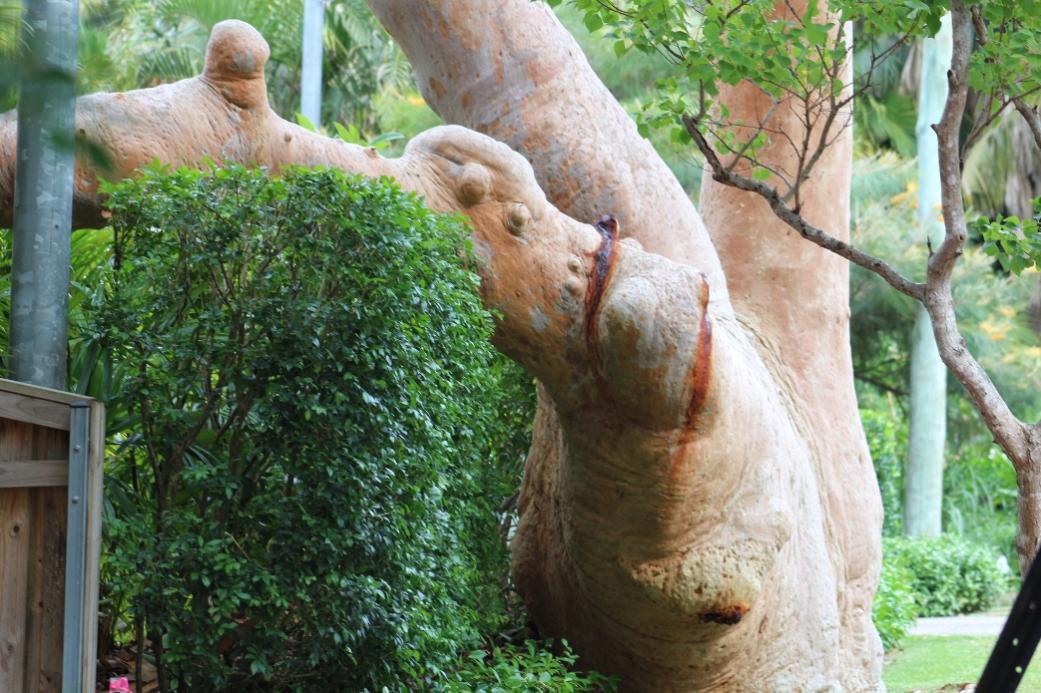
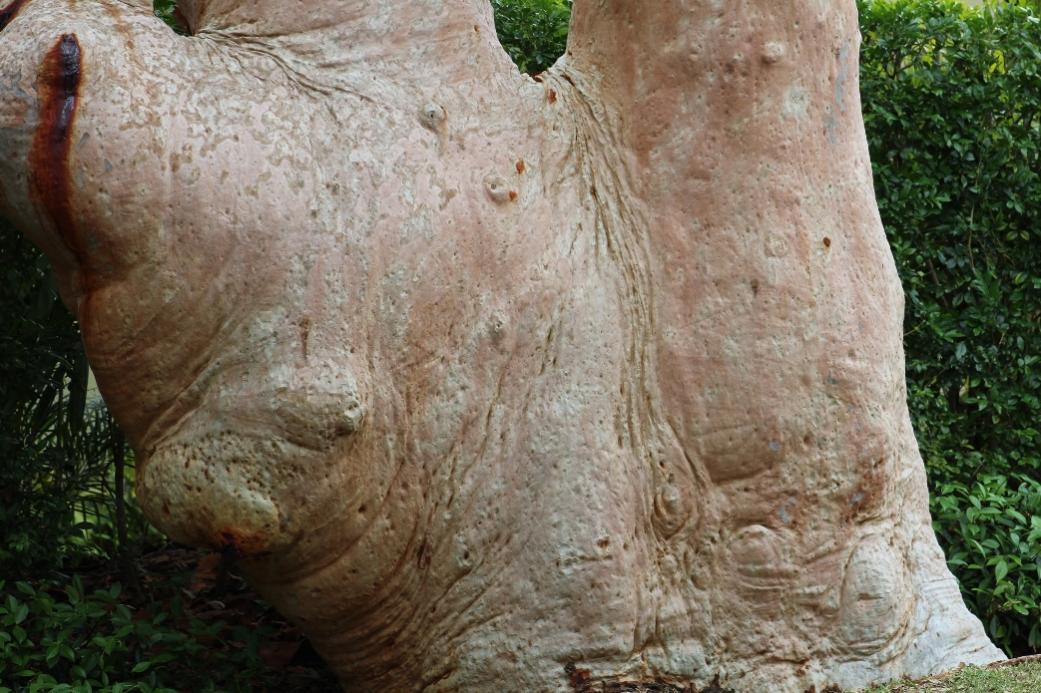
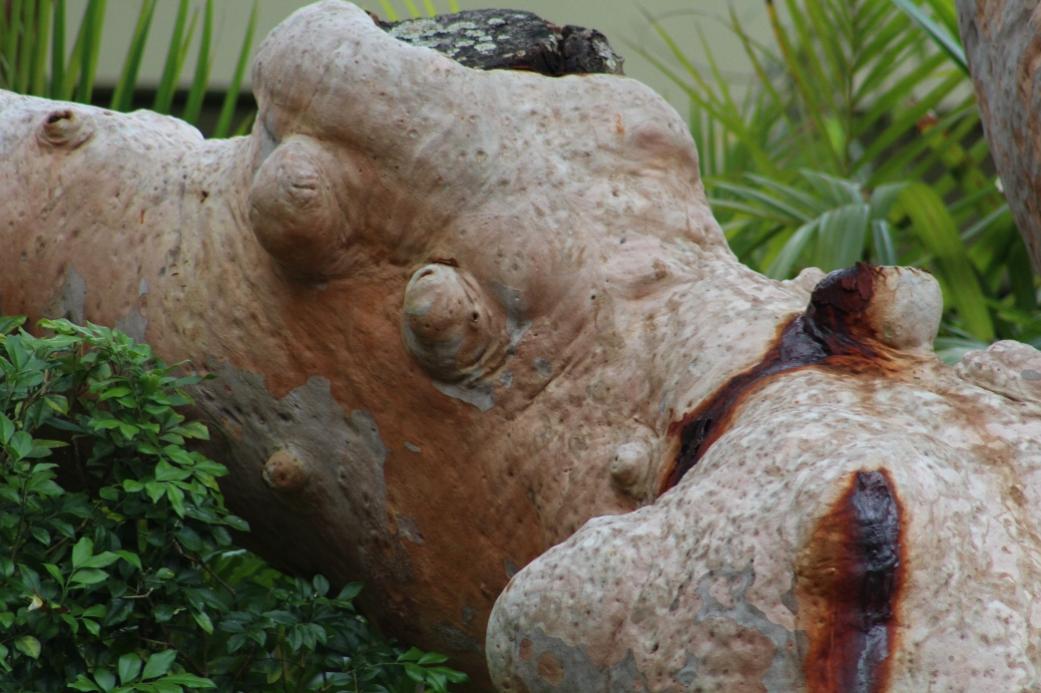
Rare Turtle Surprises Boambee Beach Fisher
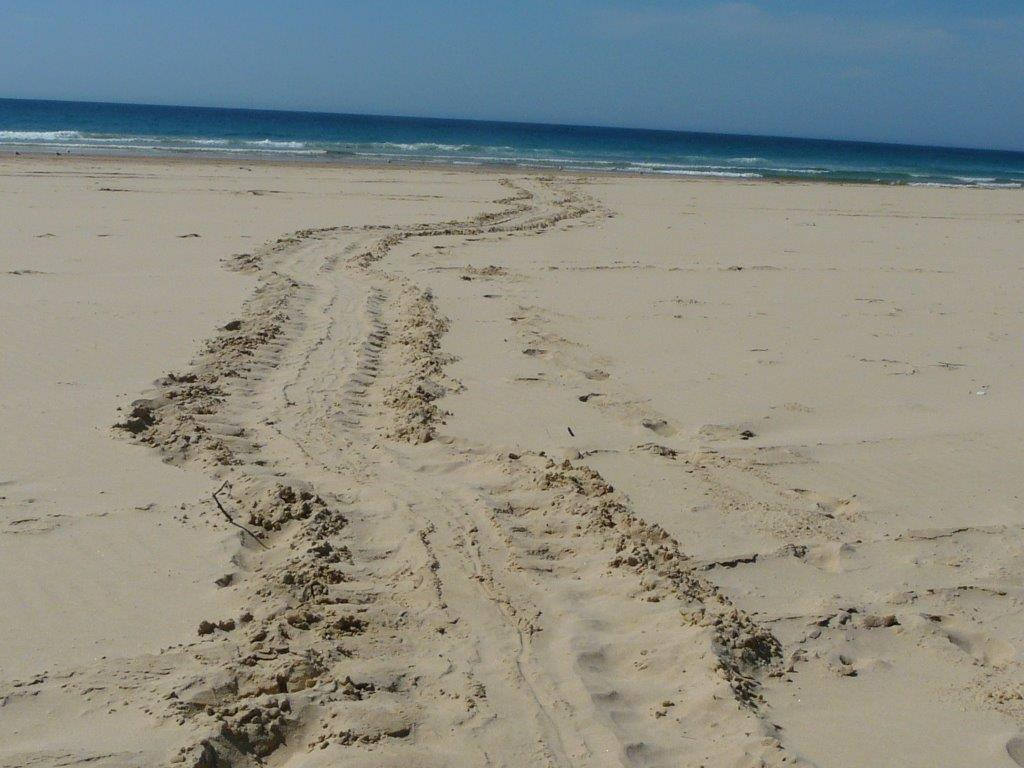
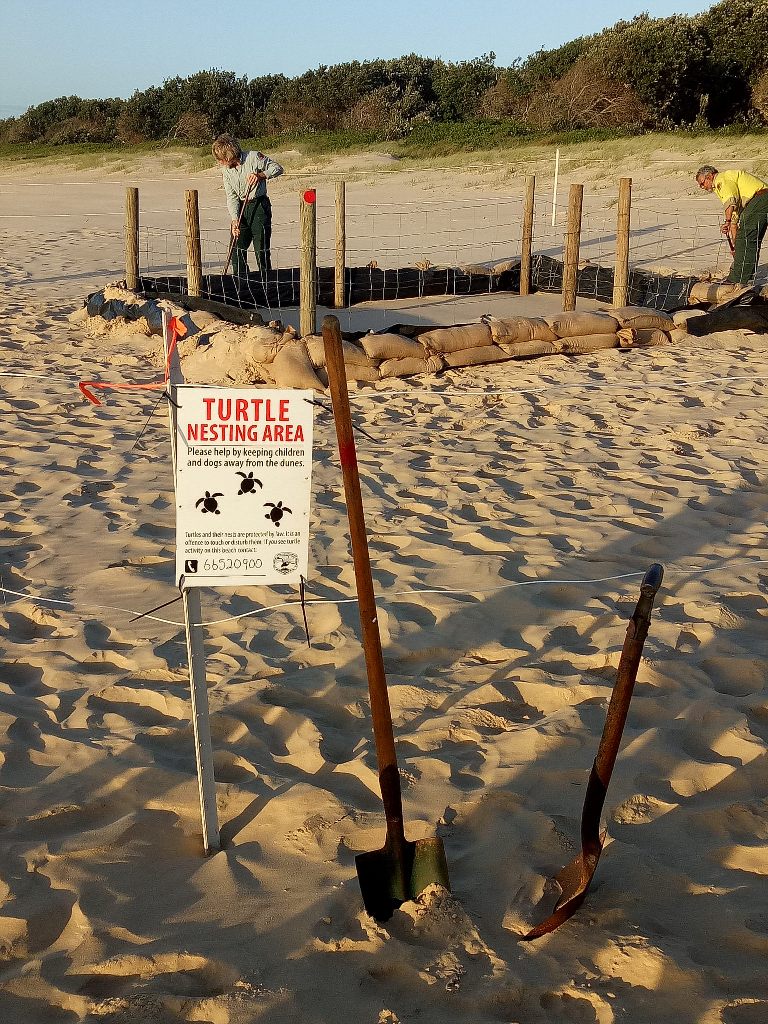
Green Turtle (Chelonia Mydas)
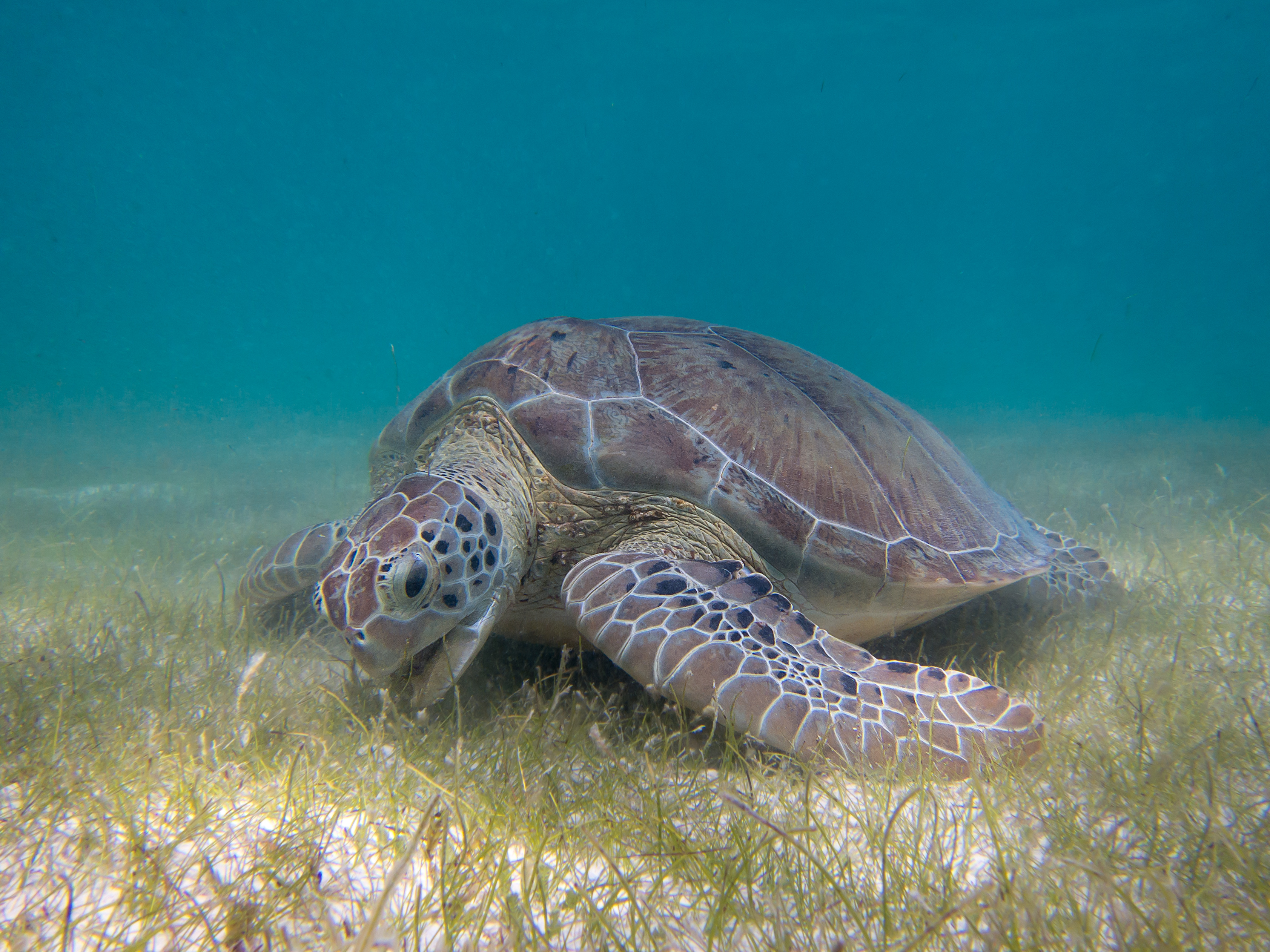
World Wetlands Day 2018
- Urban wetlands make cities liveable by providing multiple benefits such as; flood control, water supply, waste treatment, green space and livelihoods.
- Urban wetlands should be integrated into a city’s sustainable future planning and development; not viewed as wasteland.
- Cities should adopt policies and actions which help conserve and promote urban wetlands
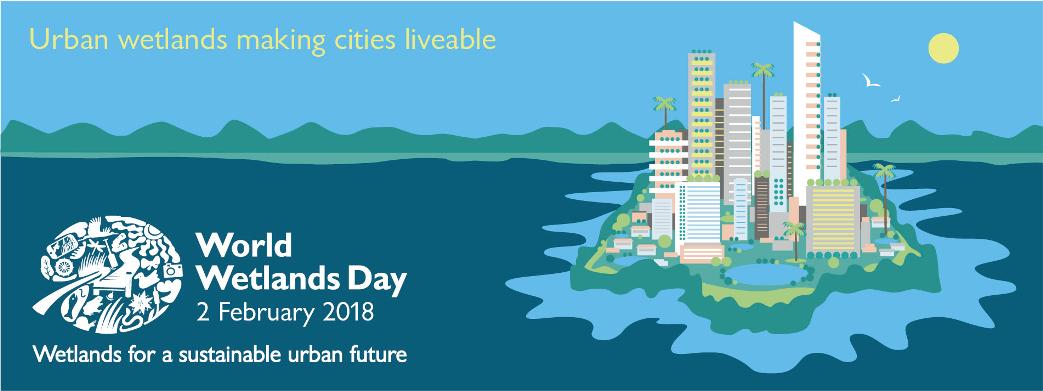
International Year Of The Reef (IYOR)
The Third International Year Of The Reef (IYOR 2018) @IYOR2018 / #IYOR2018
- strengthen awareness globally about the value of, and threats to, coral reefs and associated ecosystems;
- promote partnerships between governments, the private sector, academia and civil society on the management of coral reefs;
- identify and implement effective management strategies for conservation, increased resiliency and sustainable use of these ecosystems and promoting best practices; and
- share information on best practices in relation to sustainable coral reef management.
- Strengthen awareness about ecological, economic, social and cultural value of coral reefs and associated ecosystems
- Improve understanding of the critical threats to reefs and generate both practical and innovative solutions to reduce these threats
- Generate urgent action to develop and implement effective management strategies for conservation and sustainable use of these ecosystems.
- Encourage the adoption of best practice in sustainable management of coral reefs and associated ecosystems
- Build capacity
- Raise awareness at all levels on the plight of coral reefs around the world.
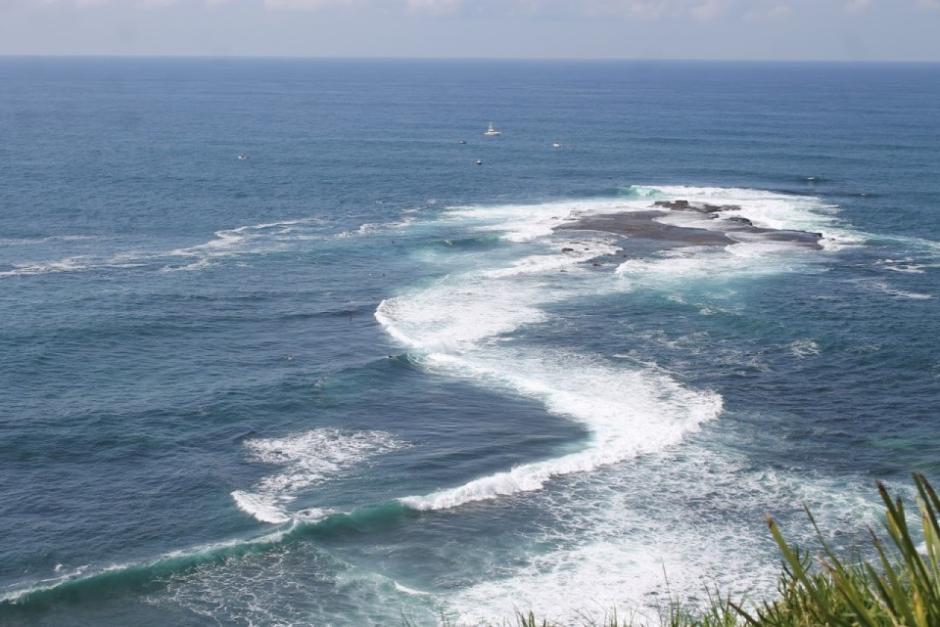

Avalon Boomerang Bags: An Idea That's Spreading To Stop Plastic Bag Use
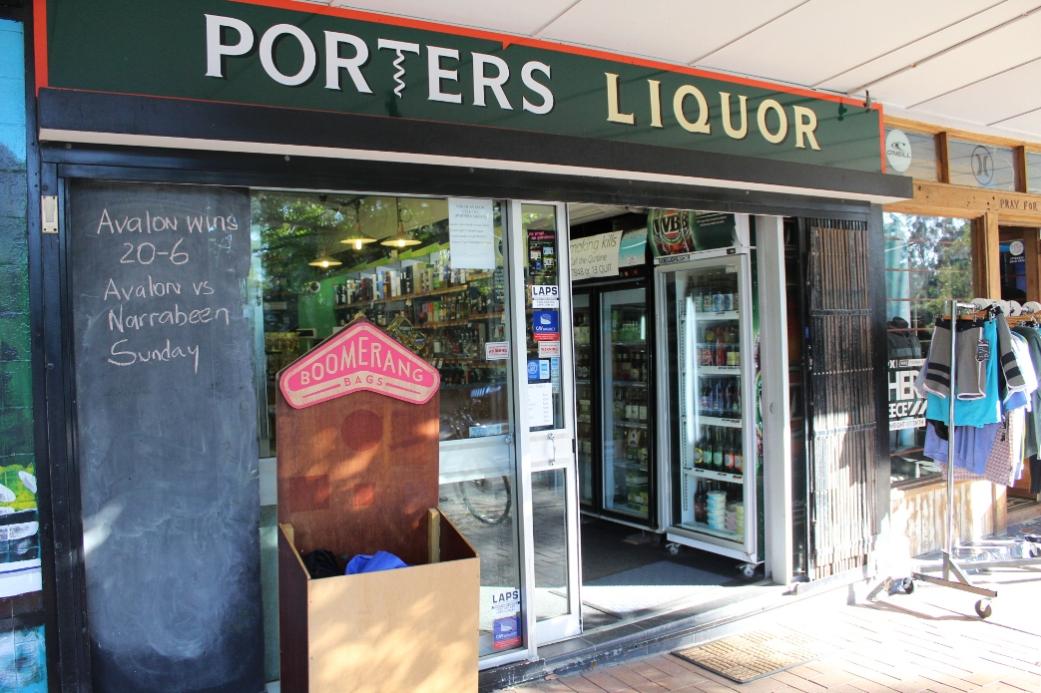
Avalon Boomerang Bags
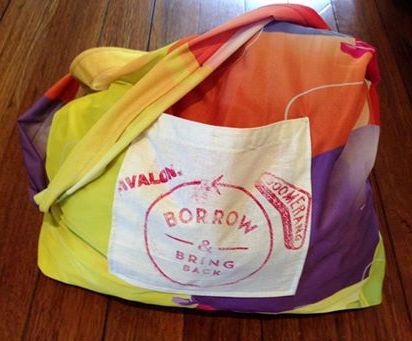
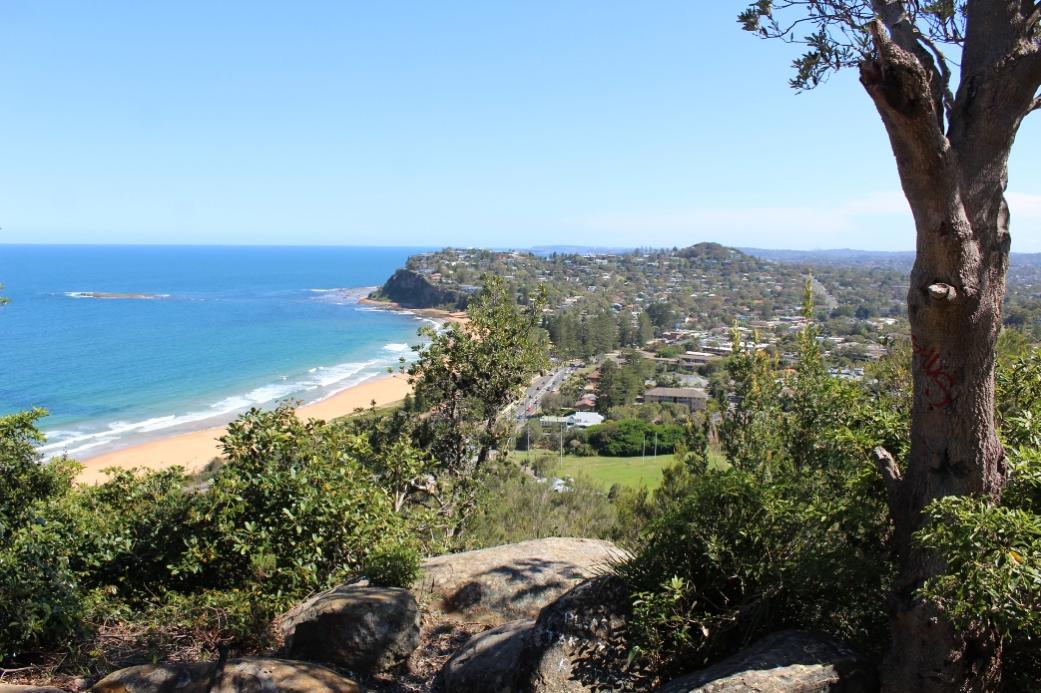
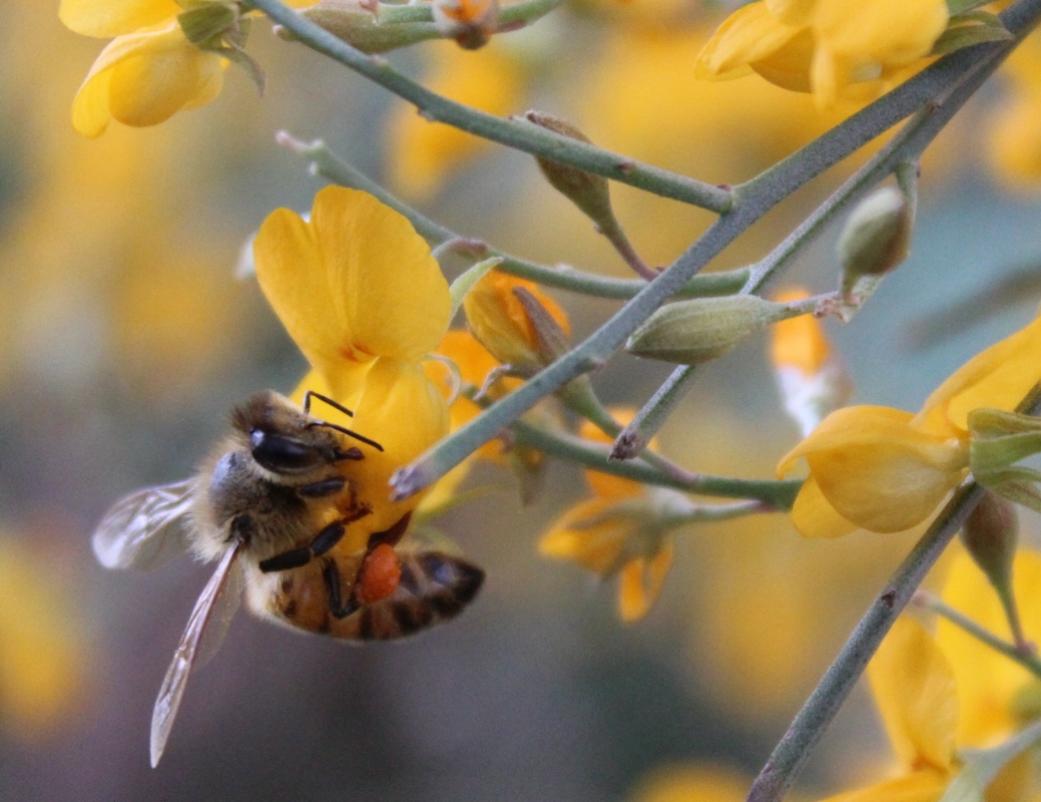
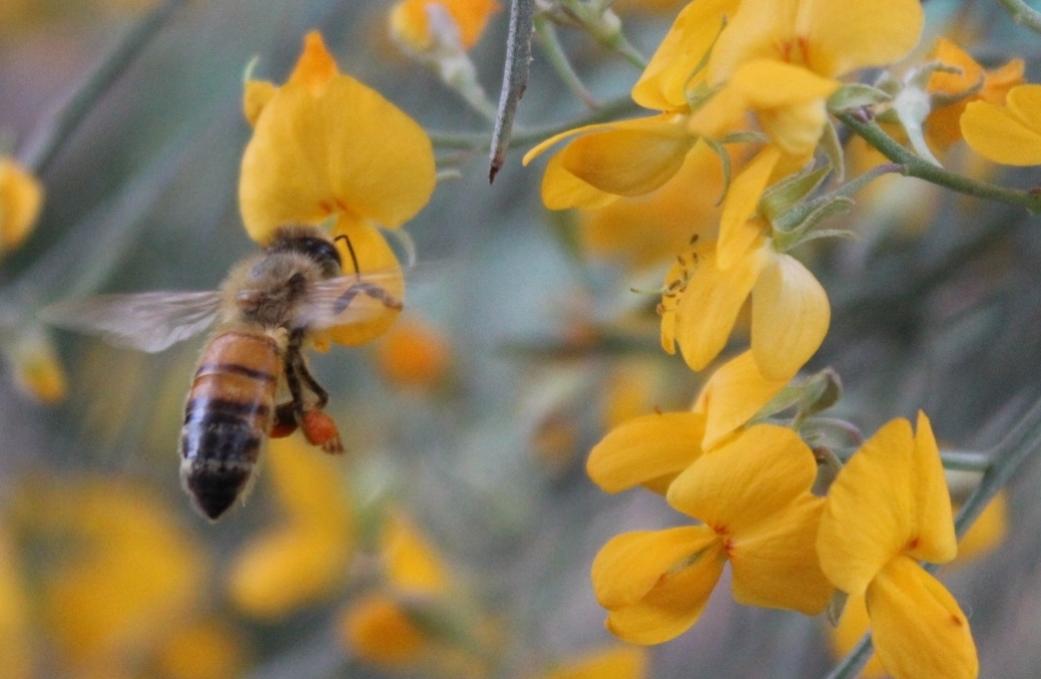
Avalon Boomerang Bags 2018
Permaculture Northern Beaches 2018 Events
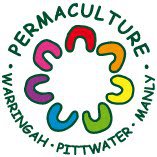 Manly • Warringah • Pittwater | Sydney
Manly • Warringah • Pittwater | Sydney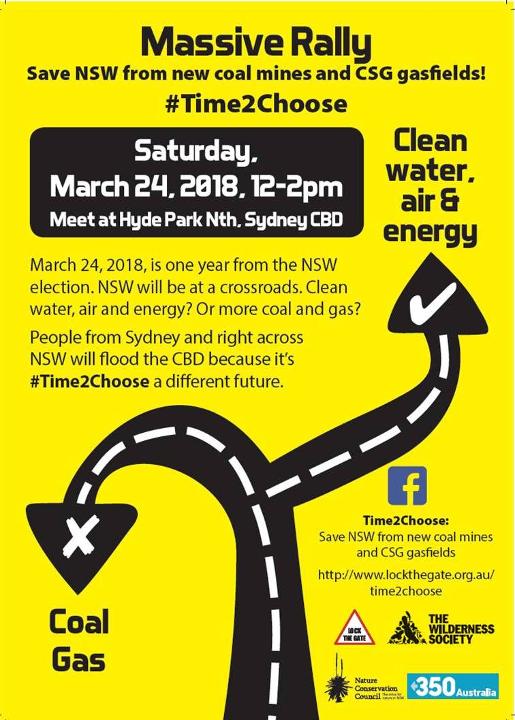
Seeking Innovative Solutions To Help Preserve The Planet's Greatest Living Wonder
Mine Rehabilitation Discussion Paper
Broken Hill North Mine Recommencement To Bring Jobs And Economic Growth To The Region
Calls For Community Input Into Managing Murrah
Call For National Heritage List Nominations
Exhibition Of Proposed Changes To Noise And Dust Assessment For Mining Projects
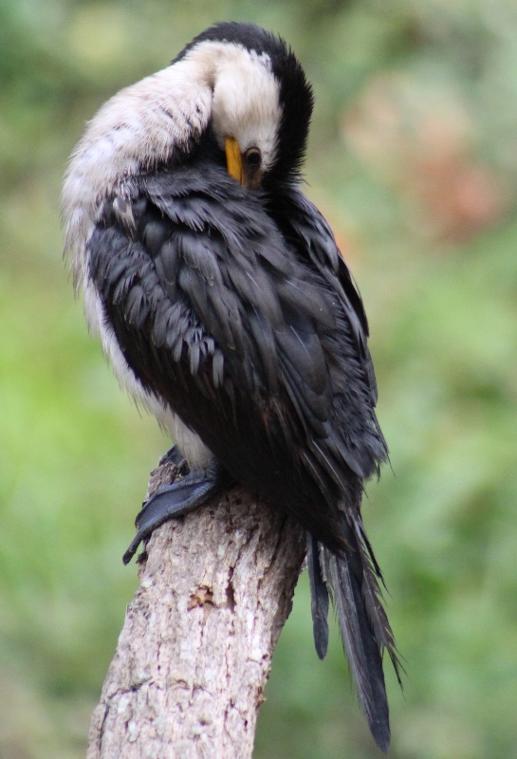
Myna Action Group
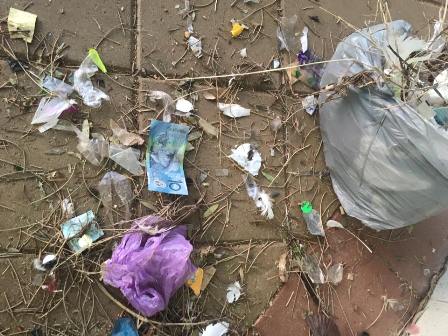
Living Ocean
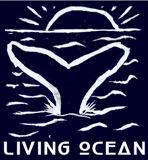 Living Ocean was born in Whale Beach, on the Northern Beaches of Sydney, surrounded by water and set in an area of incredible beauty.
Living Ocean was born in Whale Beach, on the Northern Beaches of Sydney, surrounded by water and set in an area of incredible beauty.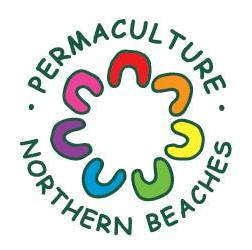 Want to know where your food is coming from?
Want to know where your food is coming from?
Do you like to enrich the earth as much as benefit from it?
Find out more here:
Create a Habitat Stepping Stone!
Over 50 Pittwater households have already pledged to make a difference for our local wildlife, and you can too! Create a habitat stepping stone to help our wildlife out. It’s easy - just add a few beautiful habitat elements to your backyard or balcony to create a valuable wildlife-friendly stopover.
How it works
1) Discover: Visit the website below to find dozens of beautiful plants, nest boxes and water elements you can add to your backyard or balcony to help our local wildlife.
2) Pledge: Select three or more elements to add to your place. You can even show you care by choosing to have a bird appear on our online map.
3) Share: Join the Habitat Stepping Stones Facebook community to find out what’s happening in the natural world, and share your pics, tips and stories.
What you get
• Enjoy the wonders of nature, right outside your window. • Free and discounted plants for your garden. • A Habitat Stepping Stone plaque for your front fence. • Local wildlife news and tips. • Become part of the Pittwater Habitat Stepping Stones community.
Get the kids involved and excited about helping out!www.HabitatSteppingStones.org.au
No computer? No problem -Just write to the address below and we’ll mail you everything you need. Habitat Stepping Stones, Department of Environmental Sciences, Macquarie University NSW 2109. This project is assisted by the NSW Government through its Environmental Trust
If Victoria Can Ban CSG, NSW Can Too!
Secrets Of Longevity Protein Revealed In New Study
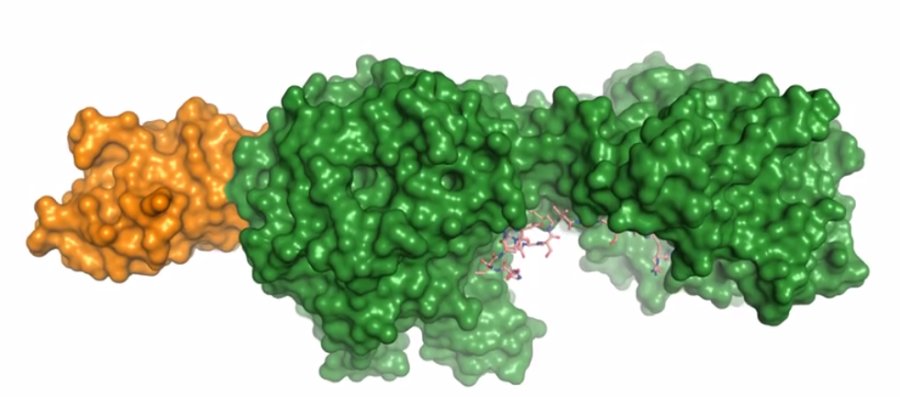
Census Reveals Australia’s Religious Diversity On World Religion Day
- Islam and Australian Aboriginal traditional beliefs were the religions with the youngest median age (27 years), while Christianity and Judaism both have a median age of 44 years.
- The most urbanised religions are Mandaean, Druse and Jainism – with 99 per cent of Mandaeans, 98 per cent of Druse and 96 per cent of Jains living in a capital city. The least urbanised religion is Australian Aboriginal traditional beliefs (20 per cent), ahead of Paganism and Wicca (56 per cent and 57 per cent respectively).
- Hindus and Jains are most likely to be born overseas, with over four-fifths (81 per cent) emigrating from other countries – predominantly India.
- The religion with the highest proportion of females to males is Wiccan, with 26 males per 100 females, compared to the national ratio of 97 males per 100 females. The religion with the highest proportion of males to females is Rastafari, with 346 males per 100 females.
- Although not a recognised religion in Australia, close to 48,000 people reported themselves as Jedi.

ANU Research Identifies Key Factor Behind The Global Rise In Populism
Miles Davis Is Not Mozart: The Brains Of Jazz And Classical Pianists Work Differently
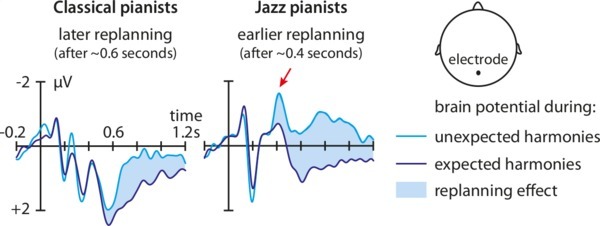
Cystic Fibrosis Bacterial Burden Begins During First Years Of Life
Southernmost Outbreak Of Coral-Eating Starfish Detected In Great Barrier Reef
Window Safety Device Requirements In Strata Schemes By March 13, 2018
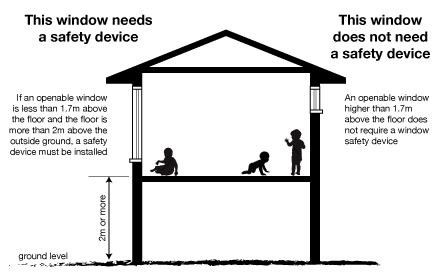
South Australian Man Guilty On 10 Charges Of Wildlife Crime
Disclaimer: These articles are not intended to provide medical advice, diagnosis or treatment. Views expressed here do not necessarily reflect those of Pittwater Online News or its staff.
